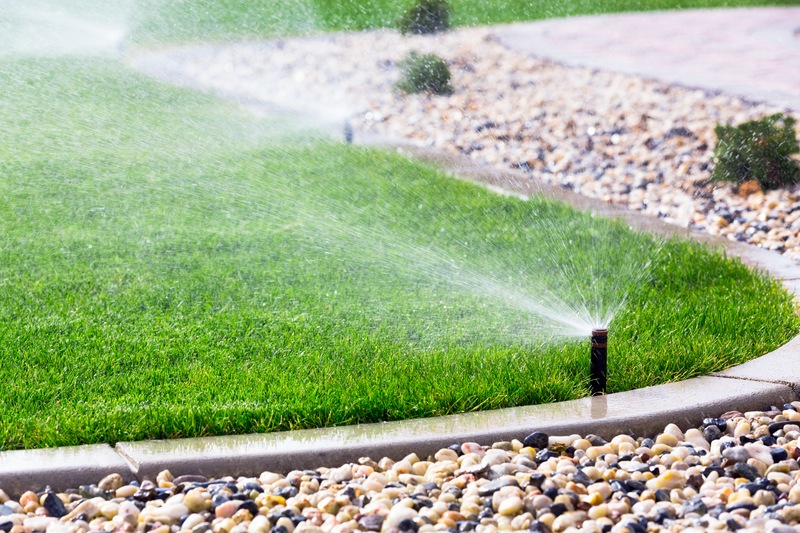One of the primary practices in landscape design is hardscaping, which integrates solid, non-plant elements into an outdoor area.
Whether it’s a patio, pergola, fire pit, or outdoor kitchen, these elements help to define the space, facilitate use, and add value to your property. Plus, when it comes time to sell your home, these features won’t disappear!
Retaining Walls
Retaining walls are a must-have in any landscape with slopes and dips. They help keep soil in place, prevent erosion on steep slopes, and create space for patios, pools, and other hardscape features.
Retaining wall systems can also divert water runoff to reduce pollution in nearby streams. They also add landscaping seating, making an outdoor area feel more comfortable lingering over meals or other activities.
Retaining walls are made from various materials, including concrete, stone, wood, and other artificial constructions. They can be constructed with a DIY mentality, but professional contractors may be more cost-effective.
Pavers
Whether you’re looking to create a backyard patio or a driveway, pavers are an essential hardscaping element every landscape needs. They offer a great way to improve your property’s value and curb appeal while being easy to maintain.
Pavers are a floating pavement system comprised of individual stones that interlock to form a strong, durable surface. They are two to three times stronger than poured concrete and have a lifetime warranty.
They can be installed on a sand or crushed limestone base and laid in various patterns and colors. They are low maintenance, and if installed properly, they can prevent weeds from growing in the joints.
Stone
Outdoor spaces would be much more enjoyable with hardscaping elements like walkways, patios, steps, and driveways. A good backyard design adds value to your home and attracts potential buyers.
Stone can be used for various hardscaping projects, from bordering plant beds to forming pathways and seating areas. It is also a great material for water features, such as fountains and ponds, because it can channel rainwater.
Three main types of rocks can be used in landscaping: igneous, metamorphic, and sedimentary. Igneous rocks are formed by hot molten materials deep in the earth, while metamorphic rocks have been transformed from sedimentary or other rock types by heat and pressure.
Rocks
One of the essential hardscaping elements every landscape needs is rocks. Rocks are solid masses of geological materials, including individual mineral crystals, pieces broken from other rocks, and fossils.
They are grouped into three main types: igneous, sedimentary, and metamorphic.
Igneous rocks form when melted rock cools and solidifies; sedimentary rocks form when fragments of other rocks are buried, compressed, and cemented together. And metamorphic rocks form when heat and pressure alter a pre-existing rock.
Rocks are important in a landscape because they provide structure and stability for other yard elements. Without them, lawns and gardens can fall flat and seem unfinished.
Water Features
Water features add another layer of functionality to a landscape. They can bring people together and make the most of outdoor living spaces.
They can also draw beneficial wildlife into your yard, such as birds and frogs. They can help mitigate mosquitoes and other insects.
Incorporate various water features into your yard to find the perfect one.
Streams are a more elaborate type of water feature that can be designed in concert with other landscaping elements to look like they’re part of the entire yard. They may be direct drops, interweaving channels, or a series of small holding pools.





